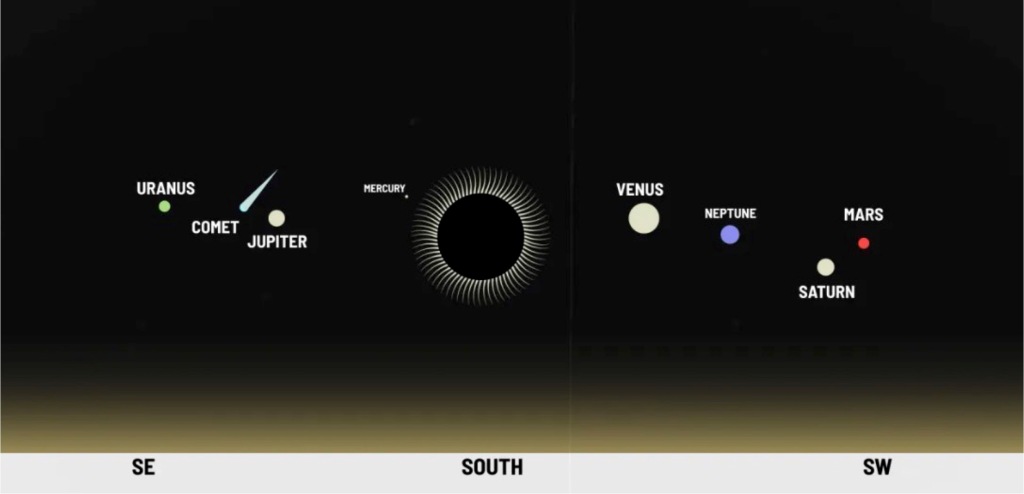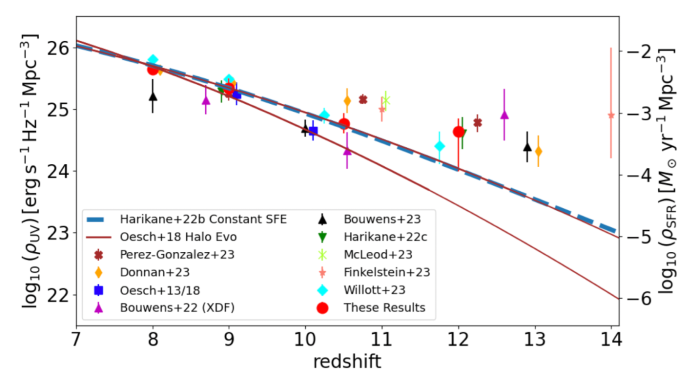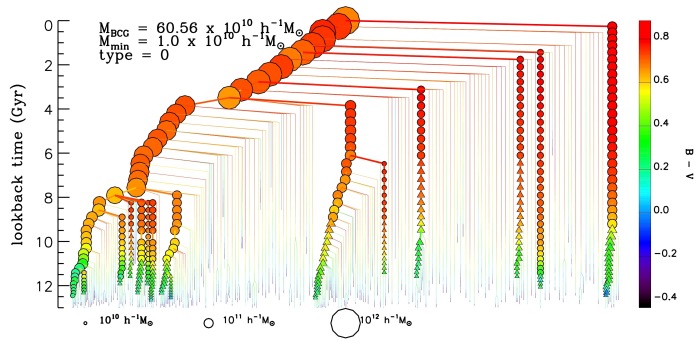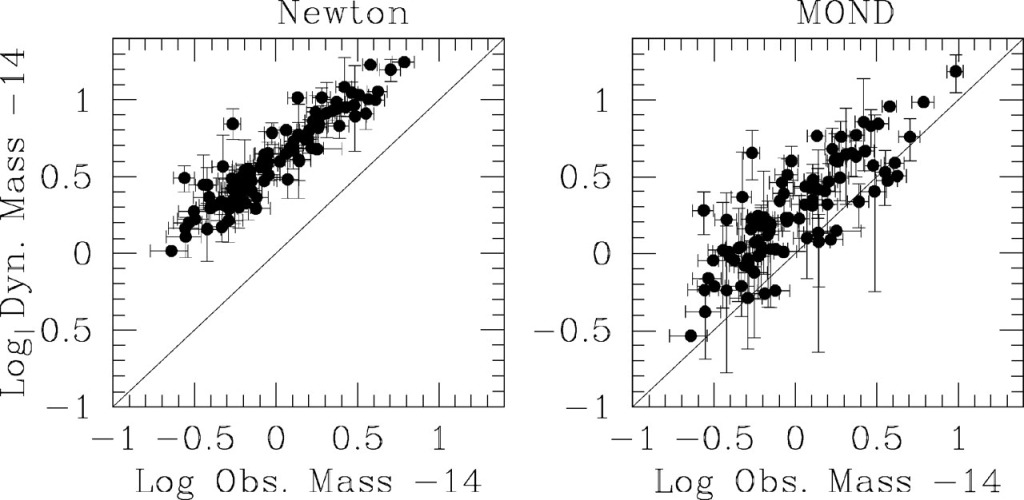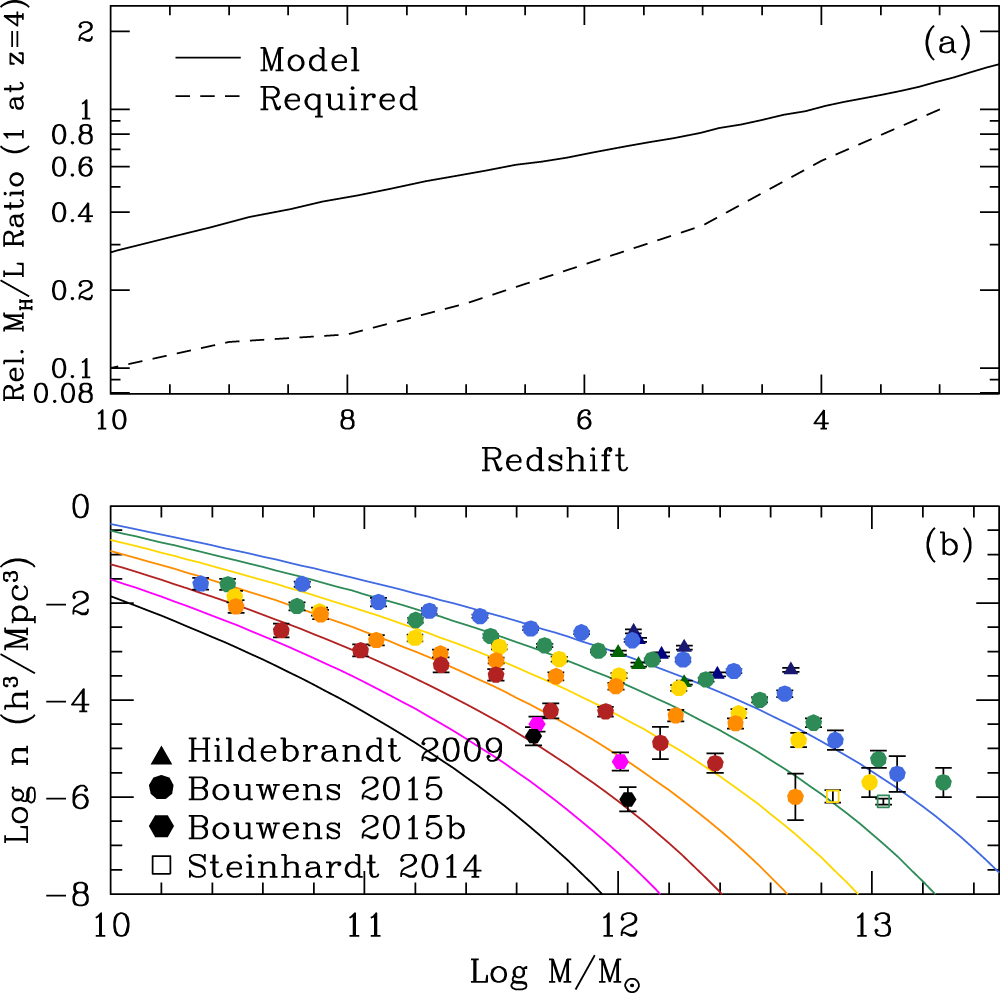
Last time, we discussed the remarkable result that gravitational lensing extends the original remarkable result of flat rotation curves much farther out, as far as the data credibly probe. This corroborates and extends the result of Brouwer et al. They did a thorough job, but one thing they did not consider was Tully-Fisher.





